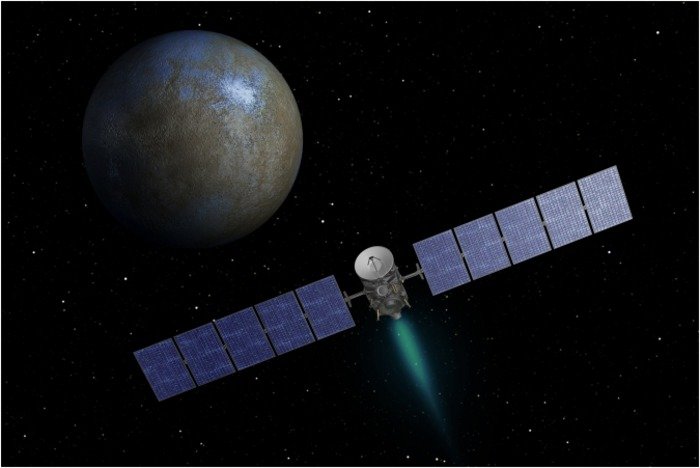PASADENA, Calif., Dec. 4 (UPI) -- NASA scientists say they've finalized flight plans for the Dawn spacecraft when it arrives at the dwarf planet Ceres in late March 2015.
Mission managers have finished creating a schedule of scientific operations for Dawn, which has been cruising toward Ceres, the largest object in the main asteroid belt between Mars and Jupiter, since September 2012, when it departed its first cosmic target, the asteroid Vesta.















